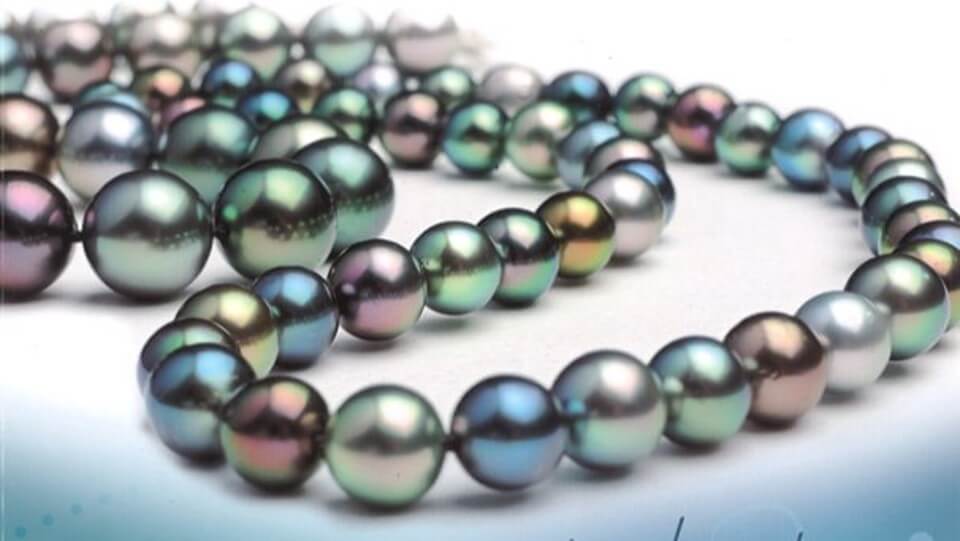
In the ever-evolving world of jewellery design, staying ahead of the curve means understanding not just the craft, but the very essence of materials you work with. For aspiring jewellery designers and entrepreneurs eager to make their mark, pearls offer a realm of possibility unlike any other gemstone. I’m Tanja Sadow, Dean of the Jewellery Design and Management International School, and I will show you the enigmatic beauty and allure of pearls. Once pigeonholed into traditional or feminine categories, pearls have surged to the forefront of fashion, demolishing gender barriers and aligning with trends that span high fashion to street style.
I’m a great lover of pearls. Pearls go way back into history; so many famous people have enjoyed and worn pearls for centuries. Pearls have long been treasured across civilizations, symbolizing wealth, power, and purity. In ancient China, Rome, and India, they represented status, only worn by the elite or used in important ceremonies. The Persians and Native Americans valued pearls not only for their beauty but as symbols of prosperity and a deep connection with nature. From the ancient markets of the Middle East to the courts of Europe, pearls have woven a rich tapestry into human history, embodying the intersection of nature, culture, and artistry that still captivates society today.
Natural vs. Cultured vs. Imitation Pearls
Pearls are one of the organic types of gems that are used in jewellery. When we talk about organic, we mean that it is a byproduct of something that either was living or is living. It could be from animal or vegetable but originates from something that was alive. In the case of pearls, most come from molluscs. We have many different types of molluscs, but the ones we mostly use are the ones that produce saltwater. Saltwater is produced from oysters usually, and then we also have freshwater pearls, typically produced from mussels.
There are quite a few different species that produce pearls, but we won’t go into all the different species at this moment. What I’ll do is tell you a little bit about the difference between natural saltwater pearls and cultured pearls, and we will also look at imitation pearls. So we want to look at all those different things.
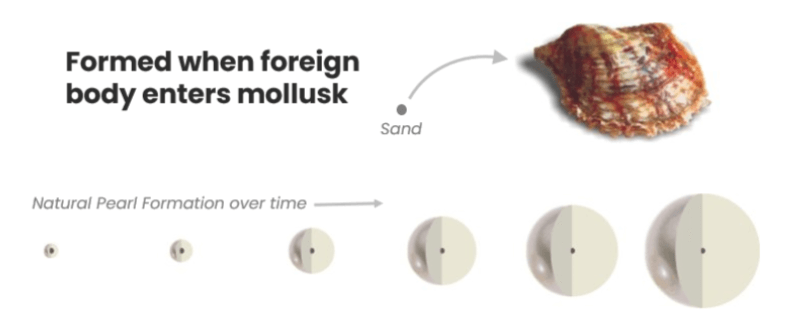
Natural Saltwater Pearl Formation
What happens? People tend to have this idea that a little grain of sand somehow gets into the oyster, and then it irritates the oyster, and it produces the pearl. Yes, that is the general idea of it, but it’s not just it has to get in anywhere, and it’s not necessarily just a grain of sand.
It could even be a little parasite or a piece of coral or something has to lodge itself deep within the fleshy part of the creature. And when it does irritate that creature, the only thing that the little creature can do is to secrete its own substance, which coats the irritant and makes it less irritating.
But, of course, over time, you have to realize that the secretion crystallizes, and as it crystallizes, getting harder and harder, then it irritates the creature again. So, it is going to secrete once more, and this is a consecutive thing; it goes on and on, secreting, crystallizing, secreting, crystallizing until finally, we get a decent-sized pearl.
That being said, let’s say it was to start from a little tiny grain of sand, which is say a millimetre in size, how long do you think it would take to get about a 6 mm pearl, something the size of a pea? Well, it could take easily anywhere between 10 to 13 years, so it’s a very time-consuming process, and natural pearls are not something that are really common. They’re not something you can find everywhere; in fact, we would say they’re a real rarity.
Cultured Pearls
So what is it that you actually see in the market when you go out and buy pearls or when you’re looking for pearls? What you’re likely to find is cultured pearls. Now, the cultured pearls can be saltwater, or they can be freshwater, but let’s just talk about saltwater first.
So, we can imagine taking the same type of oyster but instead of just waiting to see what happens if it will create a pearl. Men actually inserts a nucleus, and the nucleus is a very specific nucleus; it’s called the pig toe clam.
This was discovered back in the 1800s, and I’m sure you’ve all heard of Mikimoto. He did so much trial and error; he tried every kind of nucleus possible, and it took him practically a lifetime to find out that it was pig toe clam that would actually work, and eventually, he did succeed and did very well.
His mission, his aim, and what he wanted in life were to make sure that every woman would be able to wear a beautiful strand of pearls. And why was that? Because before the 1800s, mostly all the pearls were natural, and if they were natural, therefore, they were super expensive, and of course, only royalty and the higher-ups could all use, could wear, and buy pearls.
Popular Types of Cultured Pearls
The most popular pearls are currently the Akoya pearls, coming from Japan, and they tend to be quite small. They tend to be anywhere from 2 mm up to about 9, maybe 9 and a half, not very many are 9 and a half, but it’s pretty much 2 to 9 and a half millimetres in size, and the actual oysters themselves are quite small; they’re no bigger than the palm of a person’s hand.
So they usually produce mostly white; they can produce grey, they can produce a few yellows, but in general, we see more whites with the Akoya, which are the Japanese variety.
Then we also have very nice pearls coming from the South Seas, and the South Sea oysters tend to be much, much bigger. They can be even up to five times bigger than the Akoya, so therefore, they typically produce much bigger-sized pearls.
The main difference between the Akoya and the South Sea, apart from location, is that we have two types: the white group and then the dark group. And so here on the slide, you can see the dark ones, the light ones, and when we say dark group, a lot of people call these black pearls. And it’s okay to call them black pearls, but actually, there are very few that are jet black in colour.
Freshwater Pearls
Lastly, I want to just highlight that we can also have freshwater pearls. And with freshwater pearls, they can be in many, many different colours. They can be in many different shapes and many different sizes. And today, freshwater pearls can look like Akoya because they can also be produced perfectly round in small sizes.
They can look like South Sea pearls because they can be larger sizes but still very nice and round. And they can also look like all kinds of things because, of course, in your Akoya and South Sea pearls, they’re not necessarily all round; there are a lot of shapes that come into those different ones. They can come anywhere from round to symmetrical to Baroque.
So the freshwater pearls have more varieties of shapes, and they can come from very small to very large and in different colours. So with that being said, yes, most freshwater pearls are also cultured today.
Conclusion
If you want to find out more and really explore the world of jewellery in more detail, we have a fantastic course called Gem and Jewellery Trade Secrets. It is a comprehensive course that will let you take control over your purchases if you’re a buyer or collector, or if you’re a designer or maker, it’ll help you better understand the gemstones that you’re going to be using in your jewellery.
The program is taught by me, Tanja Sadow, and it is one of our most popular hands-on programs because you’re actually getting a chance to look at and handle over 1,800 gem and jewellery exhibits throughout the program (for the physical classes in Singapore) . If you can’t make it to Singapore for the hands-on portion, you can also join in the online self-paced programme from anywhere in the world!
Tanja M. Sadow G.J.G.
Dean and founder of the Jewellery Design and Management International School



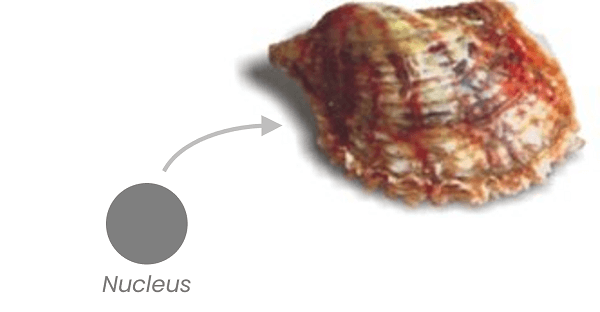


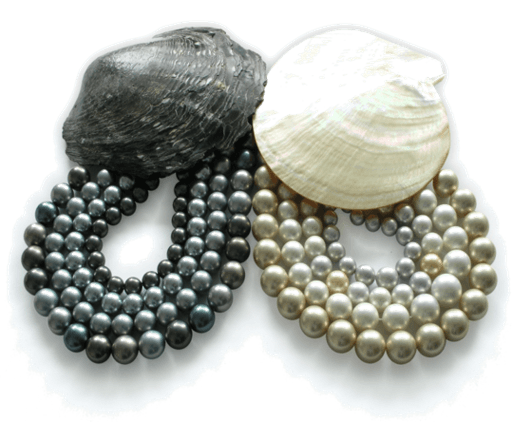
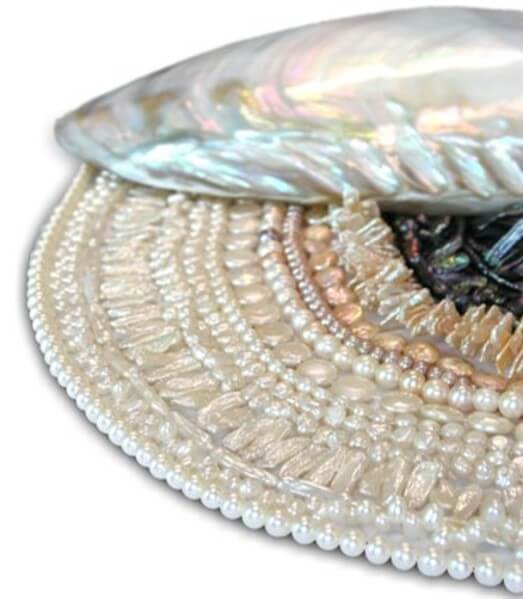

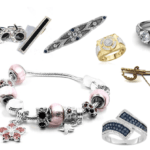
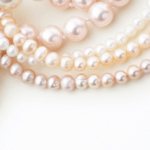

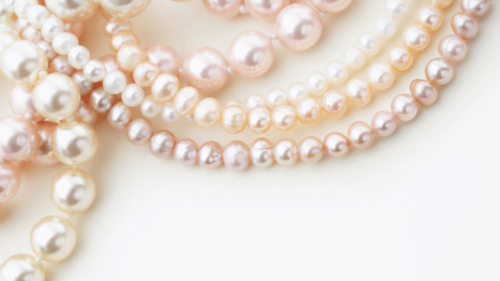
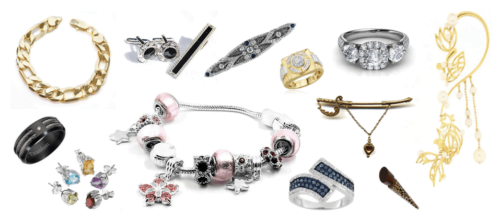
No comment yet, add your voice below!